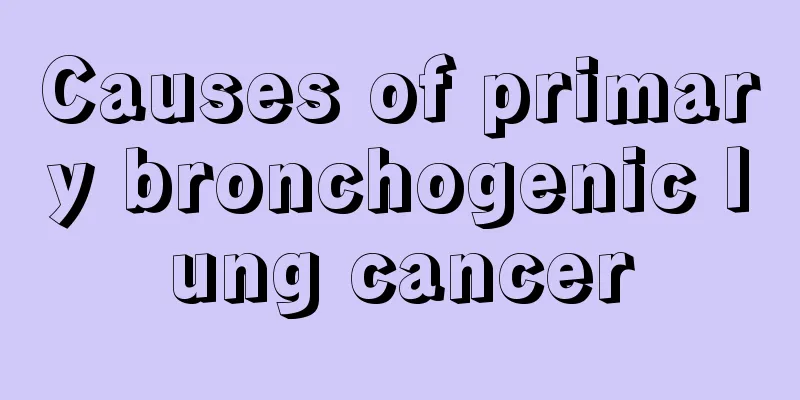What causes high intraocular pressure?

|
Many people do not understand why high intraocular pressure may occur. In fact, high intraocular pressure may be related to bad posture and diet in life, or eye diseases such as glaucoma, cardiovascular disease and cataracts may also cause these symptoms. 1. Posture and food factors For a normal person, the intraocular pressure may rise by six mmHg when changing from a sitting position to a lying position. If you stand upside down, your intraocular pressure may rise by more than ten millimeters of mercury. Therefore, if glaucoma patients do yoga, we will advise them to avoid inverted movements as much as possible. In addition, drinking a large amount of fluid (such as 500CC) in a short period of time can increase intraocular pressure. Some medicines can also cause the side effect of increased intraocular pressure, the most noteworthy of which are medicines containing steroids. Regardless of the route of administration, whether oral, skin application, nasal spray or eye drops, as long as it contains steroids, there is a chance of this side effect. 2. Disease factors Eye diseases such as glaucoma, diabetes, cardiovascular disease, iridocyclitis, cataracts, and myopia can all cause high intraocular pressure, and trauma can also cause high intraocular pressure. 3. Factors in daily life Staying in the dark for too long; looking down or reading for too long; not getting enough rest and overworking; overeating; seasonal changes, such as winter. 4. Inspection method There are two main methods for measuring intraocular pressure: finger pressure measurement and tonometer measurement. The finger measurement method is to let the patient look downward naturally. The examiner touches the eyeball lightly with the tips of his two index fingers from above the upper edge of the tarsal plate, and places the other fingers on the patient's forehead for support. The two index fingers press lightly alternately, and the level of eyeball pressure is estimated based on the fluctuation sense transmitted to the fingertips. Generally, normal is Tn, high intraocular pressure is T +1, 2, 3, and low intraocular pressure is T-1, 2, 3. |
<<: What does intraocular pressure mean?
>>: What should I do if my eyes are bloodshot after being hit
Recommend
What are the misunderstandings when using moisturizing cleanser
When it comes to skin care, cleansing is the firs...
Is postpartum curettage painful?
Giving birth is a very painful thing. Some women ...
There are so many neck massage techniques
Cervical spondylosis is a common disease among ma...
What to do if the skin on your palms is rough
When winter comes, my palms become extremely roug...
What are the symptoms of a dislocated jaw?
The chin is one of the organs on our face. It is ...
Early detection of symptoms of cardia cancer can help patients with their condition
Now, the incidence of cardia cancer is rising, wh...
Is Pneumococcus really a virus?
Many people think that pneumococcus is a virus an...
Do you know about the causes of liver cancer?
It is good to understand the causes of liver canc...
What is the reason for coughing when drinking water?
Coughing and choking is a very common phenomenon ...
A big hard lump on my face
Both male and female friends want smooth and deli...
What dishes are good for stomach problems? These 5 foods are the best for stomach health
Gastric disease is a disease with a relatively hi...
How can the small triple positive turn into negative?
What exactly happens when the triple positive tes...
What happened to my arm swelling after breast cancer surgery? How to treat it?
What happens if my arm is swollen after breast ca...
What are the dangers of delaying the treatment of melanoma?
Do you also suffer from melanoma like the protago...
What are the treatments for tracheal asthma?
There are many reasons for bronchial asthma. Smok...









